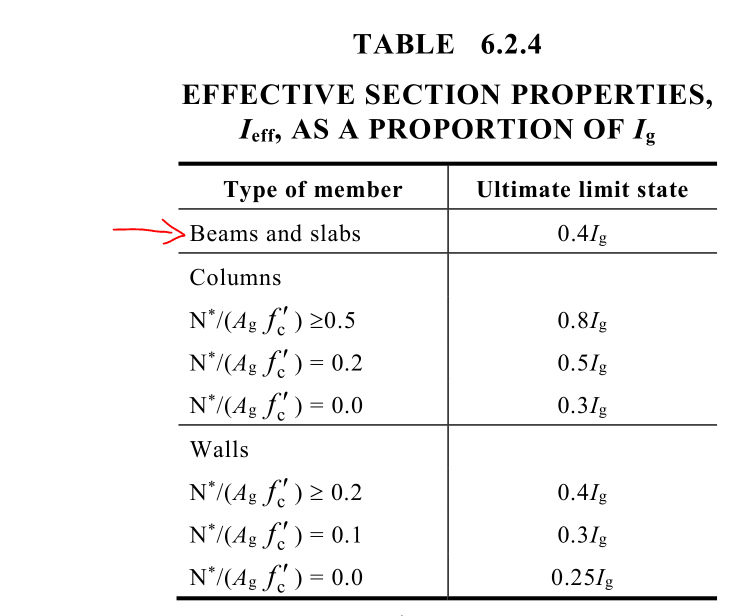Felix Ouellette-LHeureux
Structural
While many standards tell to consider the effects of cracking, creep and shrinkage (e.g. CSA A23.3-14 cl.9.5.1 and cl.13.6.2) even at Ultimate Limit State , many designers simply run linear analysis using stiffness based on gross area to design concrete slabs.
I did some tests on CSI SAFE and found that the difference in terms of moments were small between a linear model and "cracked" model. My "cracked" model used linear loads case based on stiffness at the end of a non-linear case. This non-linear case used loads from Dead + Superdead + 0.25*Live. I did not consider creep and shrinkage. The modulus of rupture fr was 0.6*sqrt(f'c).
So do you consider cracking in slab design at Ultimate Limit State on finite element model ?
If yes, how ?
Thanks for yours comments
I did some tests on CSI SAFE and found that the difference in terms of moments were small between a linear model and "cracked" model. My "cracked" model used linear loads case based on stiffness at the end of a non-linear case. This non-linear case used loads from Dead + Superdead + 0.25*Live. I did not consider creep and shrinkage. The modulus of rupture fr was 0.6*sqrt(f'c).
So do you consider cracking in slab design at Ultimate Limit State on finite element model ?
If yes, how ?
Thanks for yours comments

